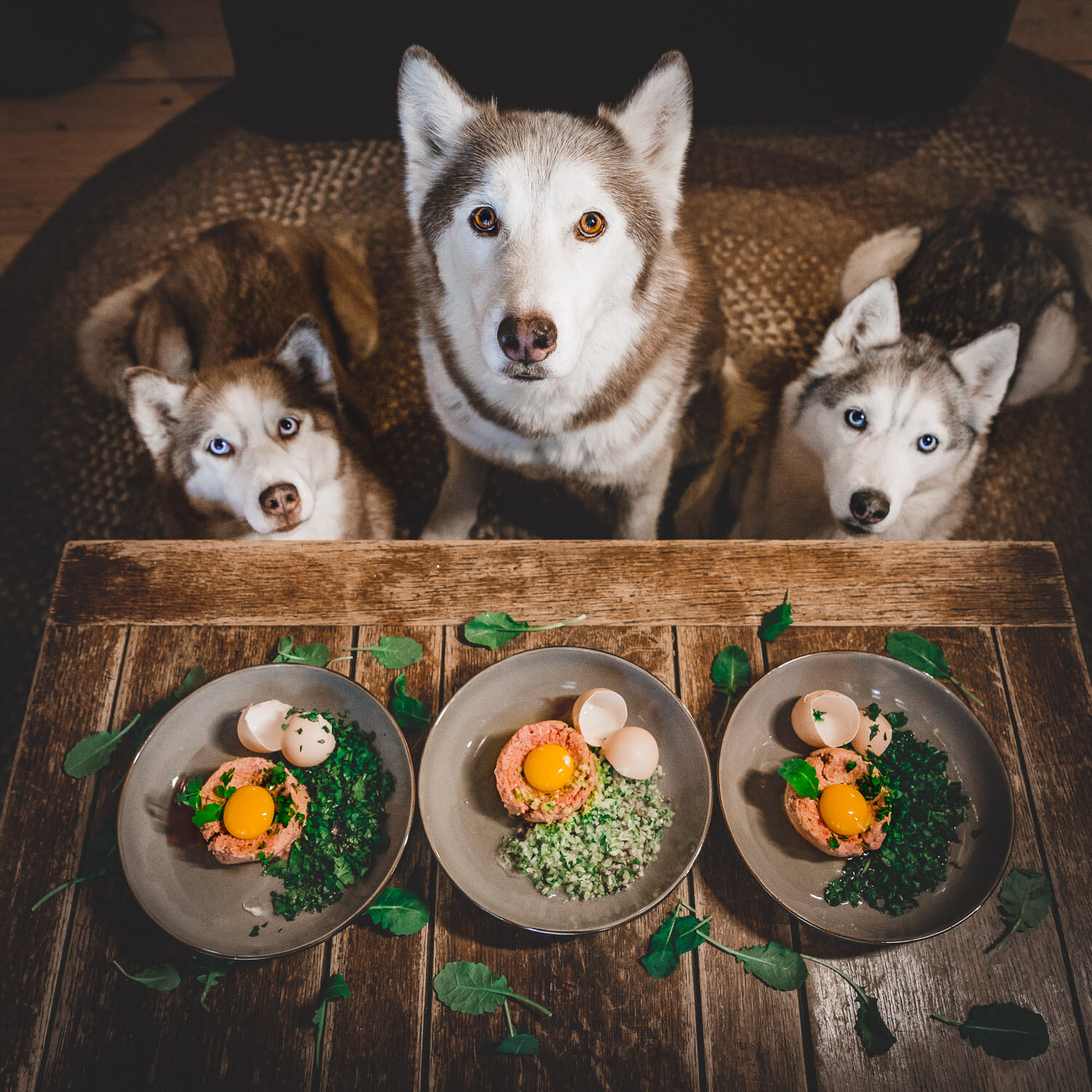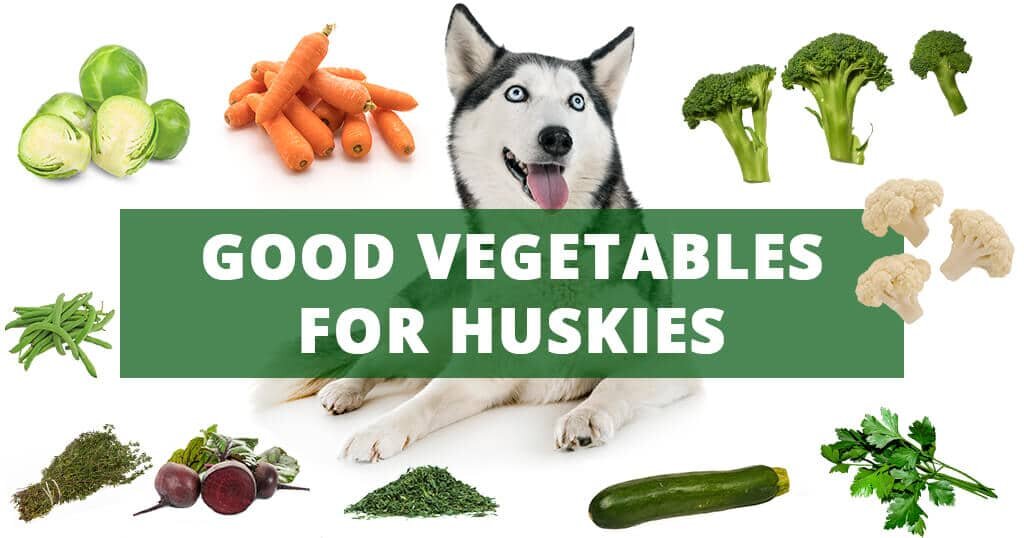Okay, so I’ve got a Siberian Husky, and let me tell you, figuring out what to feed him was a whole journey! It’s not as simple as just grabbing any bag of kibble off the shelf. Here’s how I went about it, step by step.
First, I Did Some Reading
I mean, lots of reading. Forums, breed-specific websites, you name it. I quickly learned that Huskies are kinda special. They were bred to work hard in cold climates, so their metabolism is different. They don’t necessarily need a ton of food, but it needs to be the right food.

Talking to the Breeder and Vet
My next move was talking to the breeder I got my pup from, and also my vet. The breeder gave me some great insights into what they’d been feeding the puppies and what brands they recommended. My vet, of course, checked my dog’s overall health and made sure there weren’t any specific dietary needs I should be aware of.
Experimenting with Foods
This is where it got a bit messy (literally!). I started with a high-quality kibble that was recommended for active breeds. Here’s a general idea of my try and error:
- Trial 1: Fancy, grain-free kibble. Result: My Husky seemed to like it, but his poops were…well, let’s just say not ideal. Very soft.
- Trial 2: A different brand, still high-quality, but with some healthy grains. Result: Better poops! But he seemed less energetic.
- Trial 3: A kibble specifically formulated for Siberian Huskies. Result: Bingo! Good energy levels, solid poops, shiny coat.
Figuring Out the Right Amount
Even with the right food, figuring out how much to feed was another challenge. Huskies are prone to being picky eaters, and they can also get overweight if you’re not careful.
I started with the feeding guidelines on the bag, but I adjusted it based on my dog’s activity level and body condition. My vet showed me how to check if he was a healthy weight – basically, you should be able to feel his ribs, but not see them too prominently.
Adding Some Extras (Sometimes)
I don’t just stick to kibble. Sometimes, I’ll mix in a little bit of cooked meat (like chicken or beef), plain yogurt, or even some dog-safe fruits and veggies. It keeps things interesting for him, and it’s a good way to add some extra nutrients. I am always careful to do a little search on my phone first though, just to be sure it’s really dog-safe.
What I Observed, In a Simple Way
The most important thing, and what I noticed the most, was to watch and learn from the dog!.

It’s been a process, that’s for sure! It is a bit of trial and error, but I think I’ve finally found a diet that works for my furry friend. He’s happy, healthy, and full of energy – which is exactly what a Husky should be!





